Photography courtesy of Lowell Washburn, all rights reserved.
Abandoning their summer homes in the North Country, tiny wood warblers are on the move. For Iowa birding enthusiasts, the season’s most challenging migration has begun. I use the word challenging because no other grouping of birds is more difficult to correctly identify than autumn warblers.
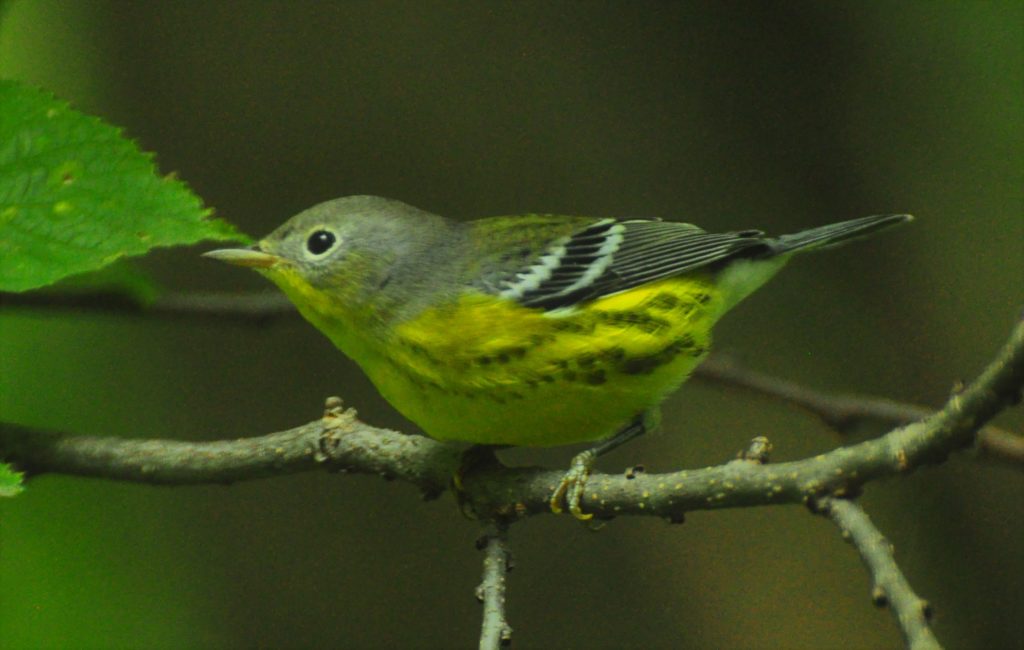
Even when warblers are bedecked in their finest spring plumage, making an accurate identification can be frustrating. During the fall migration, things get even tougher as those same species arrive in their comparatively nondescript juvenile or autumn plumages.
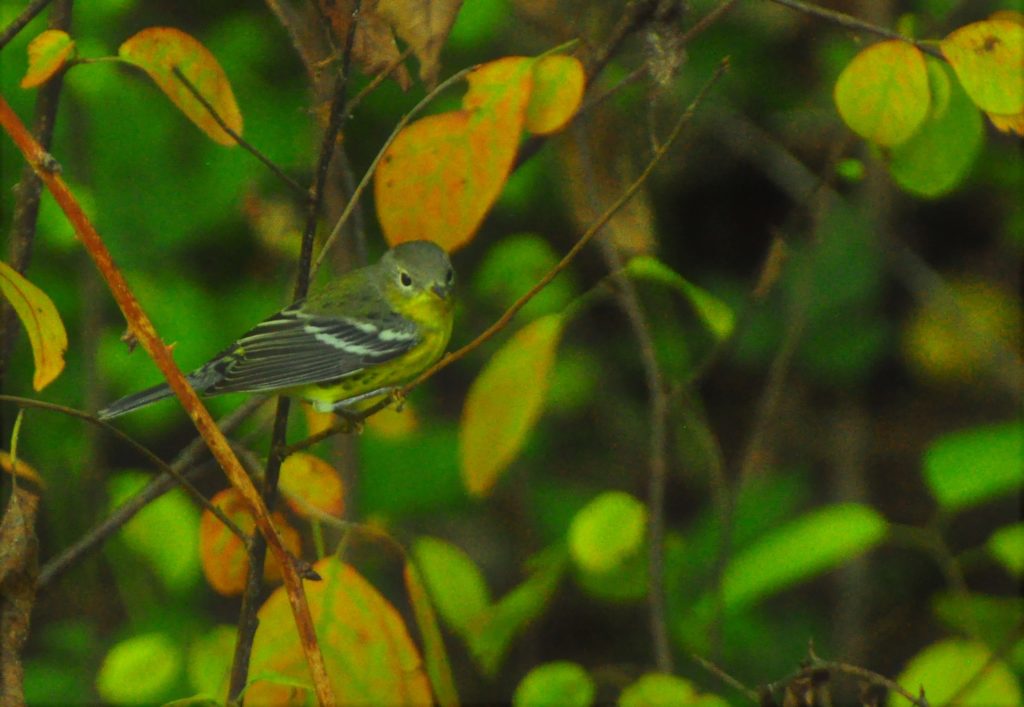
After spending years in the field, I still have trouble identifying fall warblers – especially on days when I can only obtain brief glimpses as birds dart in and out of heavy cover. Fortunately, there are some basics that can help me – and you — decide which species we are currently viewing.
It’s important to note that warblers are divided into two basic categories – those with wing bars, and those without wing bars. Once you determine if the bird you’re trying to identify does or does not have wing bars, you’ve immediately eliminated about half of the incorrect choices.
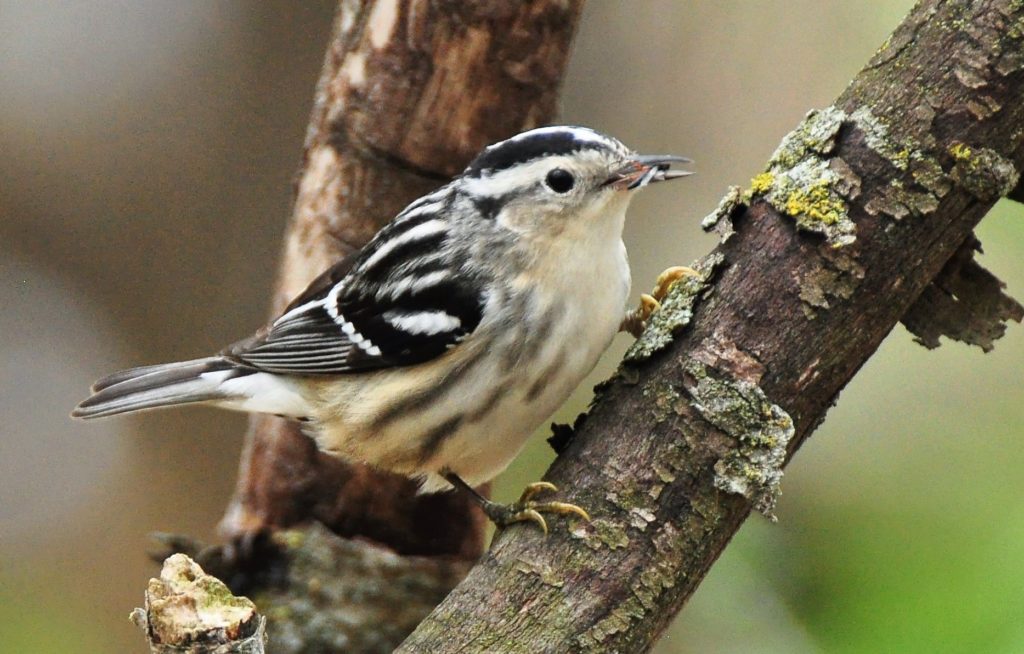
During fall migration, most warblers are cloaked in subdued tones of brown, gray, yellow, and olive. When colors are drab, the best clues to identification will come from plumage patterns or other distinctive markings such as eye rings, throat bibs, or tail spots. For example, if your warbler lacks wings bars but has a distinctive yellow spot on its wing, side, and tail; then the bird is an American redstart. With that set of key markings, there is nothing else it can be.
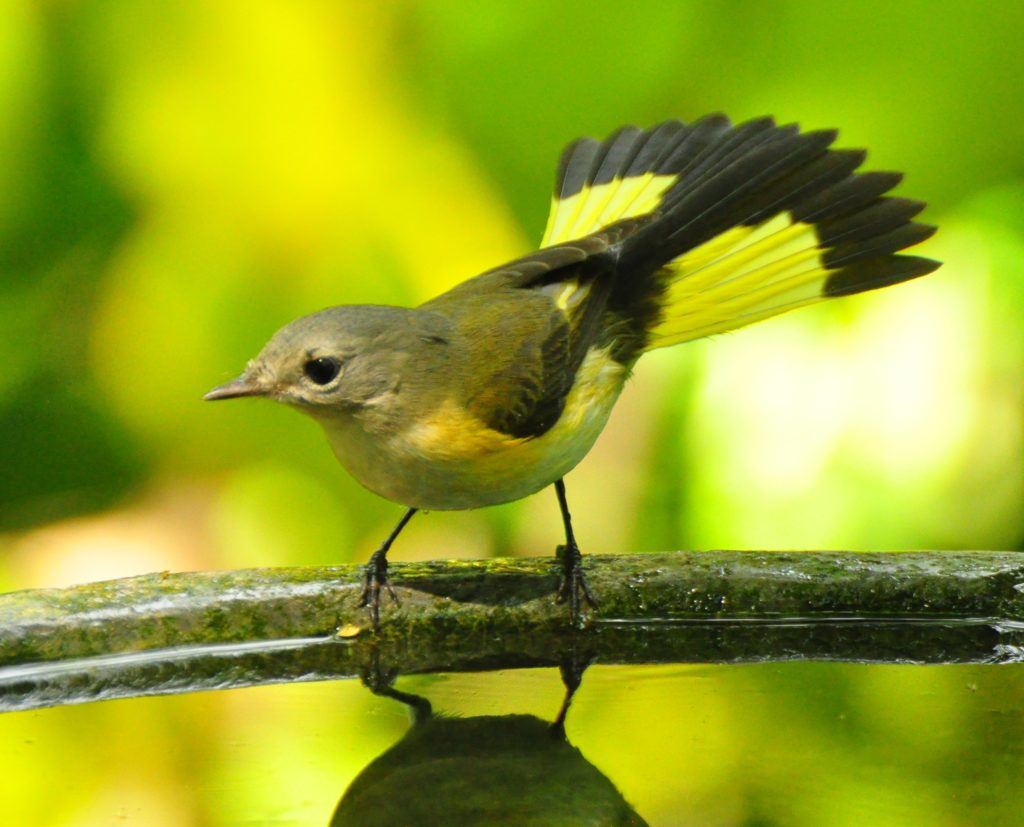
If the bird in view does have wing bars, plus a white eye ring, and one or two crimson feathers on the top of its head, the mystery is solved. The bird is a ruby-crowned kinglet. That’s the only thing it can be.
Here’s another. If the bird lacks wing bars, but does have a white eye ring, bluish-gray head, and bright yellow throat; it’s a Nashville warbler. That combination of keys is unique to that species; there is no other bird that could fit that description.
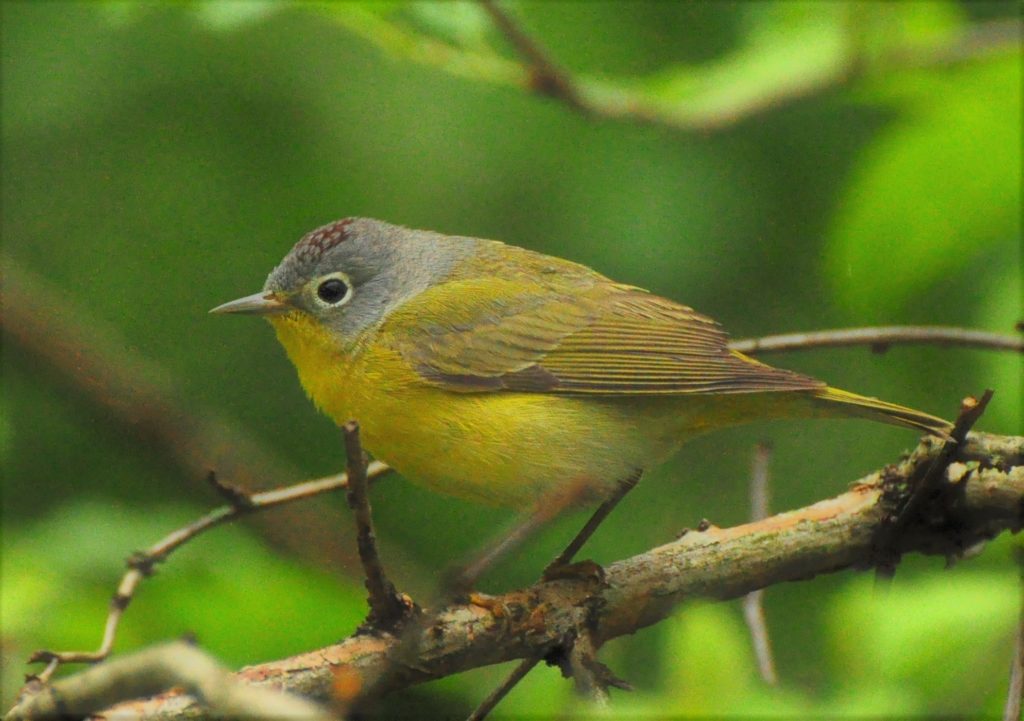
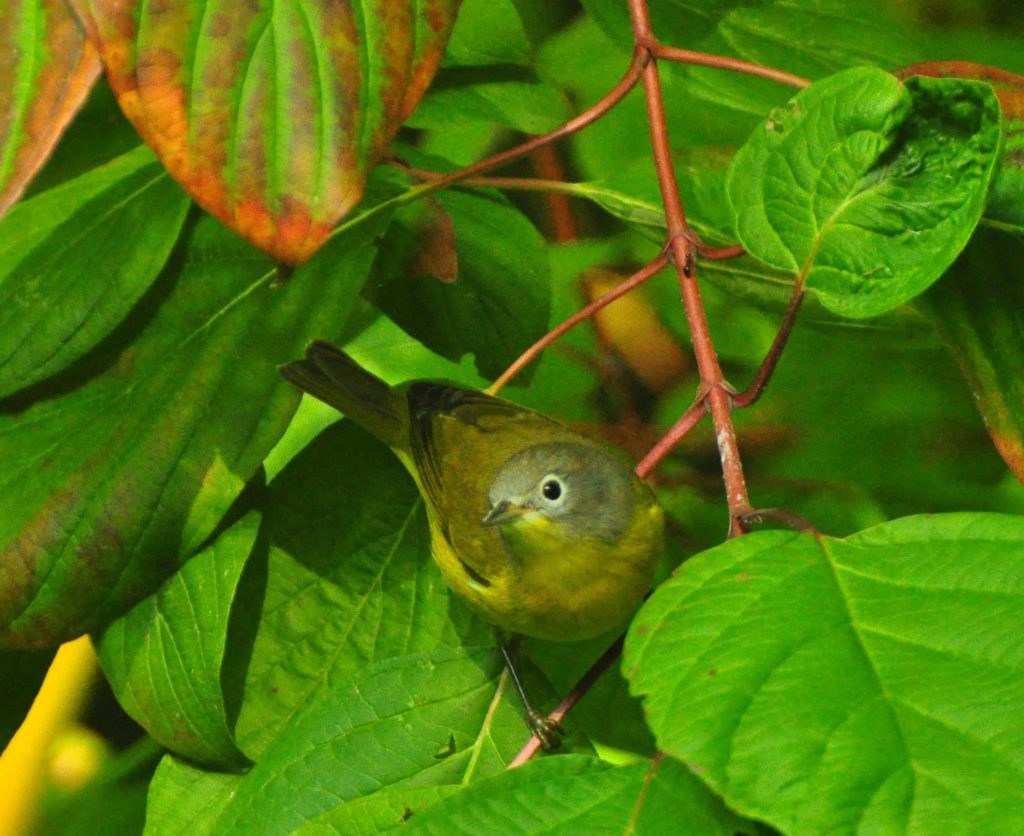
So, while identifying fall warblers is certainly difficult, it is also not impossible. With nearly thirty species of migrating warblers to choose from, most of us need all the help we can get – especially with birds that are nearly identical in appearance and behavior. Don’t worry about getting them all; almost nobody does. I always encourage people to remember that you don’t have to be a trained expert to have fun watching wild birds. You just need to be there. Good birding, and I’ll see you in the woods.

 Tom Cope
Tom Cope Sue Wilkinson
Sue Wilkinson Susan Judkins Josten
Susan Judkins Josten Rudi Roeslein
Rudi Roeslein Elyssa McFarland
Elyssa McFarland Mark Langgin
Mark Langgin Adam Janke
Adam Janke Joe Henry
Joe Henry Kristin Ashenbrenner
Kristin Ashenbrenner Joe Wilkinson
Joe Wilkinson Dr. Tammy Mildenstein
Dr. Tammy Mildenstein Sean McMahon
Sean McMahon